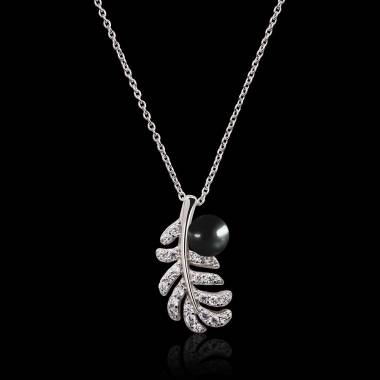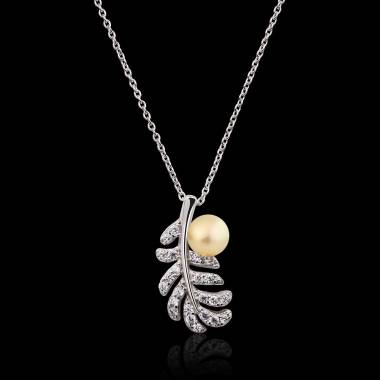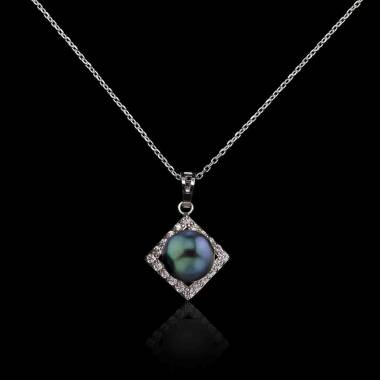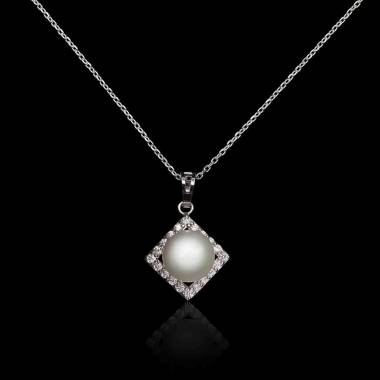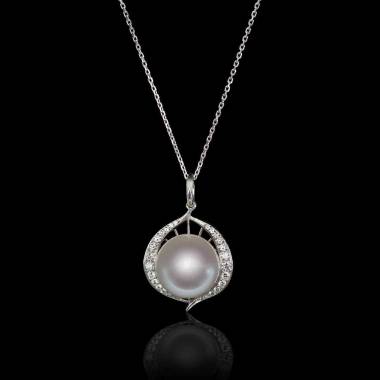History Of Pearls
Pearls have a long and illustrious history dating back thousands of years. A Chinese historian from 2,206 BCE wrote the earliest written account of a pearl. The earliest piece of pearl jewelry ever unearthed was discovered in the tomb of a Persian princess dating from 420 BC (this fragment is now on display at the Louvre in Paris). Pearls may also be traced back to Ancient Egypt and Ancient Rome when Julius Caesar enacted a rule restricting the wearing of pearls to the governing classes in the first century BCE. Pearls jewelry has been a valuable commercial item since its discovery. When they were found in Central and South America in the 15th and 16th centuries, demand exploded across Western Europe, resulting in the so-called "pearl age," in which aristocrats and royals donned ornate pearl necklaces, earrings, bracelets, and brooches. By the nineteenth century, demand for pearl jewelry had become so high that oyster resources had begun to dwindle throughout the world. Natural pearls are extremely rare even now. Cultured pearls, on the other hand, which first gained popularity in the early 1900s, are a more inexpensive and widely available choice.
Virtues of Pearls
Pearls jewelry have been linked with prosperity, femininity, purity, wisdom, patience, and serenity for millennia. They've been compared to the moon because of their beauty, and they're thought to provide a soothing, protecting, and strengthening impact on those who wear them. Pearls are still considered as lovely and feminine gemstones nowadays. During the Age of Discovery, explorers and trade firms discovered rivers in North America rich with natural pearls and began selling them to Europe, where they rapidly became popular among the nobility. The Duke of the Saxon Kingdom of Germany passed a rule in 1612 that stated that only members of the royal court were permitted to wear pearls. Discover our women's pearl collection.
Introduction of Cultured Pearls
At the turn of the twentieth century, the world of pearls was irrevocably transformed. By putting a little bit of membrane into the shell of an oyster, Japanese pearl farmer Kokichi Mikimoto and his wife devised a way of having oysters produce pearls on demand. The oyster then secretes a mother of pearl nacre covering over the membrane, resulting in a pearl. Two other individuals in Japan, Tokichi Nishikawa, a government researcher, and Tatsuhei Mise, a carpenter, developed pearl-culturing methods independently of Mikimoto. Each of these three men acquired patents for their pearl-culturing processes in the early 1900s. Pearl cultivating techniques improved, making pearls more accessible to the general public. Pearls are now available in a variety of shapes and hues thanks to the work of these men. Pearl purchasers who are savvy realize that the cultural significance of a pair of pearls is determined by a variety of factors, including the hue of the pearls.













